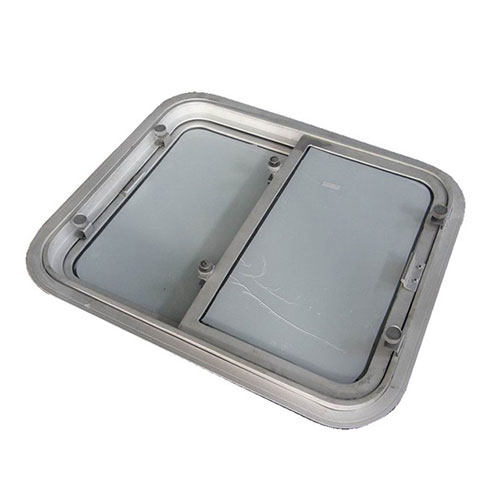Noise-reducing Technologies in Marine Windows
In the extremely challenging marine environment, noise pollution has become an important issue that affects the vessel’s operations, crew well-being and passenger comfort. One of the key innovations in tackling this issue is the incorporation of noise-reducing technologies in marine windows. These marine windows are specially designed not only to ensure visibility and structural integrity, but also play a crucial function in reducing acoustic disturbances.
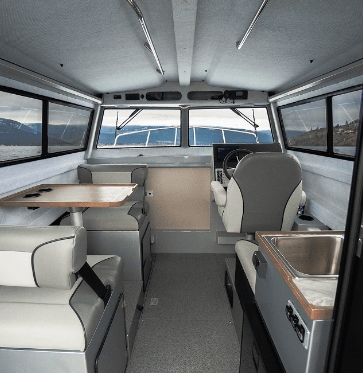
Table of Contents
Sources and Impacts of Marine Noise
| Source of Noise | Description | Impact on Vessel and Crew |
| Engine and Propulsion Systems | Noise and vibrations emitted by turbines, engines and propellers | Noise from ports, closed vessels or rough conditions at sea |
| Wave Slap and Hull Impact | The sound is caused by waves striking the superstructure or hull | Unrest that is disrupted, less comfort in lounges and cabins. |
| Mechanical Equipment | Crew fatigue, hearing strain, and communication disruption | Background noise that is constant causes distraction and stress |
| Vibration Transmission | Structural vibrations are carried through the ship’s frame and into the window systems. | Amplified sound in the interior, particularly close to bulkheads and engine rooms. |
| External Ambient Noise | Wind noise from high-speed is affecting the windows on the bridge and upper deck. | External disturbances that affect bridge and navigation operations |
| Wind Noise | Communication clarity is less clear, causing discomfort for passengers and crew | Communication clarity is less clear, discomfort for passengers and crew |
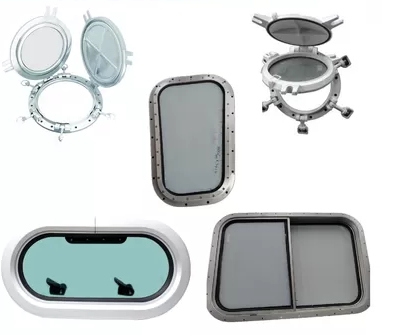
Key Noise-reducing Technologies in Marine Windows
With the advent of advanced materials and cutting-edge engineering methods in marine windows, they have played an important function in reducing noise from mechanical systems, engines, waves and wind.
1. Laminated Acoustic Glass
A popular and commonly utilized solutions to soundproof Marine windows can be described as laminated Acoustic Glass. It is composed comprised of a number of layers that are bonded together by a specially designed interlayer, typically made of the acoustic grade polyvinyl butyral (PVB). This interlayer dampens sound waves and prevents them from travelling through the windows and into the bridge or cabin. Acoustic glass laminated with lamination not only is a great sound insulator, but also ensures the safety of the glass and provides impact resistance which are essential in marine environments.

2. Multi-Glazing Configurations
Triple and double glazing are very effective in cutting down on noise transmission. They are comprised of multiple glass panes divided by air, or an inert gas (such as the argon) to create an insulator against sound. The size and spacing of the panes is designed to focus on certain frequencies. Triple-glazed windows for marine applications, in particular, have better sound insulation and are often utilized in high-end vessels and research vessels where a low level of sound levels are essential.
3. Specialized Window Frames with Acoustic Damping
Window frames can be used as bridges to absorb structural vibrations when they aren’t properly constructed. Modern technologies allow the application of vibration-dampening substances within window frames, for example thermoplastic composites or acoustically separated metal alloys. These materials encapsulate and disperse structural vibrations generated by engines or waves before they get to the glass. The framing method substantially reduces noise, particularly when paired with multi-glazed or laminated glass panels.
4. Vibration-Isolated Mounting Systems
Another significant improvement is the use of elastomeric seals, as well as mounted systems that isolate vibration. These components form an elastic link between the windows and structure of the ship. By stopping direct transmission of sound from the bulkhead or hull through the window assembly they can help maintain the acoustic quality of spaces inside. This is crucially important on vessels that are moving fast, where engine and hull noises are more intense.
5. Smart Glass with Acoustic Functionality
Smart glass technologies like Electrochromic devices or suspended particles (SPD) are currently being developed to provide noise reduction capabilities. Glasses can alter their transparency electronically in order to regulate the sun’s rays, however when paired with acoustic interlayers also aid in blocking sound transmission. Acoustic glass with smart technology lets you have greater control of both noise and light and creates a more flexible space.
6. Hybrid Acoustic Systems
Some high-performance marine windows now incorporate multiple technologies, such as laminated acoustic glass, triple-glazed and frames with vibration dampened-stamping into one system. These hybrid solutions are specifically designed to the specific needs of vessels like naval vessels offshore platforms, offshore vessels, and luxury yachts. In addressing airborne as well as structure-borne noise, these systems provide complete noise insulation, without sacrificing sight or aesthetics.
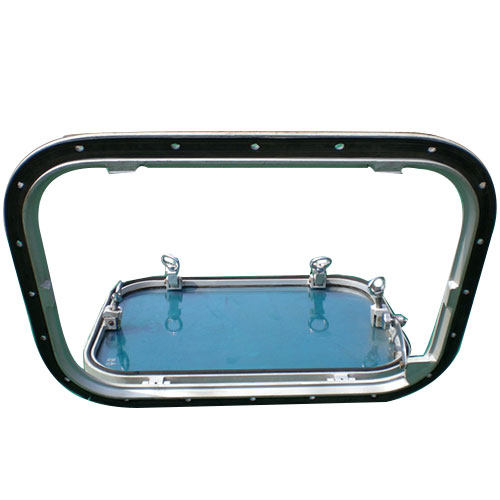
Applications across Vessels of Noise-reducing Marine Windows
| Vessel Type | Application of Noise-Reducing Windows | Key Benefits |
| Naval Ships | In sleeping quarters, command centers and operating rooms | Improves communication, decreases fatigue, aids in the mission and stealth |
| Cruise Ships | They are found in lounges, cabins for passengers and entertainment areas. | Improves comfort of passengers and reduces the sound of engines and other sources |
| Luxury Yachts | Integrated into salons, cabins and helm stations | Enhances the luxury onboard experience by offering tranquil, peaceful interiors |
| Research Vessels | In laboratories as well as control rooms and observation decks | Guards sensitive instruments from interference by acoustic Improves concentration |
| Ferries | It is installed in areas of seating and areas for passengers | Reduces travel fatigue, enhances commuter satisfaction |
| Offshore Platforms | It is used for crew living quarters and control rooms. | It provides acoustic insulation against the noise of machinery, enhancing the well-being of your crew |
| High-Speed Vessels | Used in bridges and upper decks | Reduces the sound of wind and vibration and improves the operational clarity |
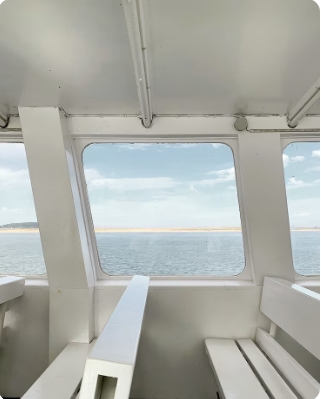
Future Trends in Noise-reducing Marine Window Solutions
The marine sector continues to develop towards quieter, safer and more comfortable vessels, noise-reducing window technologies are also rapidly evolving. Future Innovations are being driven by the demand for enhanced crew well-being, more stringent international noise regulations and growing customer expectations, particularly in luxury passenger vessels.
Integration of Adaptive Smart Glasses that have Acoustic Properties
The latest smart glass technologies are more often being developed with dual purposes, providing both visual comfort as well as the ability to provide acoustic insulation. Future marine windows could contain thermochromic or electrochromic layers with built-in acoustic insulating interlayers which allow windows to respond dynamically to noise and light conditions. This will allow for customized environmental control in vessels, increasing the privacy as well as comfort.
Advanced Composite Interlayers
Acoustic interlayers that are traditional like PVB are being improved with multi-layered composites that are able to selectively concentrate on certain frequencies of noise like low-frequency engine vibrations and high-frequency waveslaps. These interlayers tuned to frequency are expected to perform better in noisy environments and offer a customised noise reduction for a variety of marine applications.
AI-Driven Design and Simulation
Machine learning and artificial intelligence are starting to play an important part in the design of ships. In the near future AI-driven acoustic modeling software will assist naval architects optimize not just the design of windows in marine, but also their location and size to ensure the best noise reduction. The proactive method will result in more effective and tailored strategies for noise reduction.
Hybrid Noise-Control Systems in Window Assemblies
Marine windows will integrate multi-functional assemblies, which combine the laminated glass with vacuum-insulated glazed (VIG) and vibration-absorbing frames in one unit. They will give the highest performance in terms of thermal, sound, and impact resistance, all the while remaining light in weight to aid in the efficiency of fuel and balance of vessels.
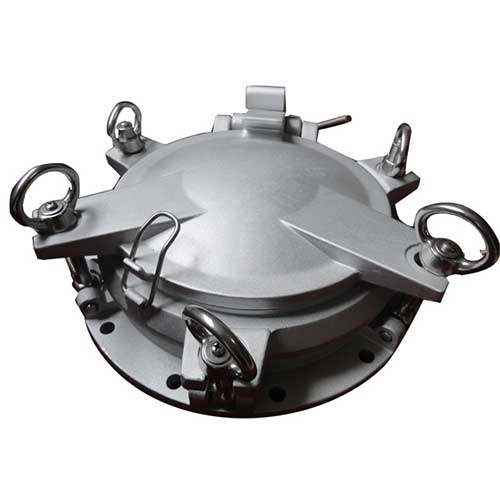
Sustainable and Recyclable Acoustic Window Materials
As sustainability is becoming a central element for marine-related design in the near future windows that reduce noise will use sustainable materials, such as recycled interlayers as well as bio-based composites and sealants with low emissions. These materials will help reduce the environmental impact of manufacturing windows and allow for more efficient recycling at the conclusion of the life cycle of the vessel.
Compliance with Evolving IMO and Classification Society Standards
The future of noise-reducing windows for marine applications will also be influenced by changing standards for regulatory compliance that include revisions on the IMO Noise Code and stricter regulations of classification bodies. Manufacturers will have to offer not just authenticated sound attenuation ratings but also verification of compliance through the use of acoustic testing onboard, which will drive more innovation in designs that comply with standard requirements.
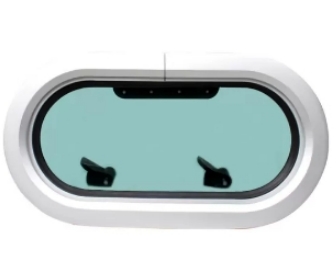
Summary
Noise-reducing technologies in marine windows have transformed from luxury features into fundamental elements of modern vessel design. With innovations such as multi-glazing, laminated glass, sound-absorbing frames and smart isolation techniques, marine engineers have the ability to dramatically reduce the volume of interior noise.


